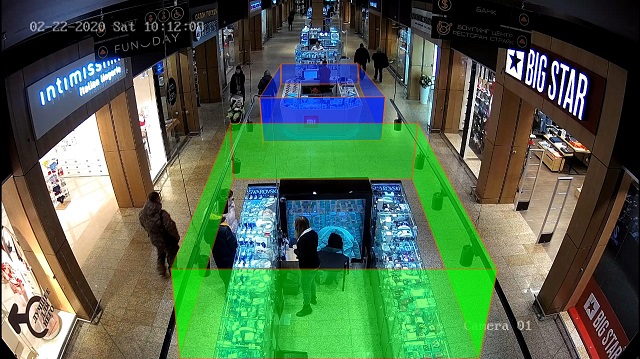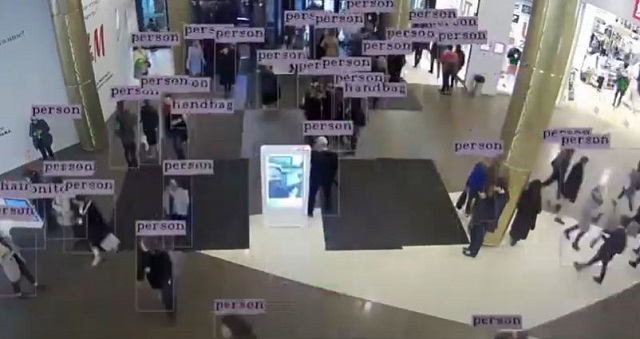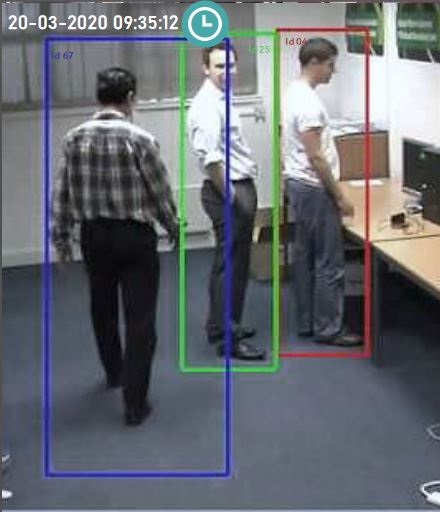
As the restrictions across the country begin to ease, and businesses begin to restart, some of the ways they operate moving forward will change. Most likely for good. As written by Heifetz and Linsky in their book Leadership on the Line, going from balcony to the dance floor multiple times is required for effective leadership. However, is that truly necessary with all the technology available? What if you could go to the balcony digitally?
Businesses have used video cameras for surveillance since the 1970s. The invention of the video cassette recorder (VCR) allowed businesses to record what was happening. The main application for this was loss prevention and security. It is extremely rare to walk into a place of business and not see some type of Closed Circuit Television (CCTV) or other recording device on operation. However the use of these systems has been quite limited.
Even with the digital recording now common, it still requires countless employee hours to scroll through videos to try to determine whether an incident occurred. Further, they are only really looking for these incidents. The use of video for other purposes is quite neglected.

Today, there is an opportunity for businesses to use video to monitor the number of customers within a store. Watching the video recordings would be too resource intensive – it’s true, but what if this could be done digitally? This is where video analytics creates significant efficiency gains.
Video analytics, or the use of software to scan video images for certain patterns, is something that has been widely viewed as being totalitarian. It is the thing of Bond or Bourne movies. The type of technology that is only available to covert operatives.
Yet, in Europe the technology has been used for the better part of the decade. It is used to track the number of customers in a store. It is used to identify specific high traffic areas for shopping centres allowing them to better understand the rates to charge tenants, in a more transparent way. Let’s not forget it is still being used for loss prevention and security in a more strategic and efficient way.

The use of these algorithms to determine customer and in some cases employee behaviour has allowed our European counterparts to take advantage of the bird’s eye view. Businesses have used video analytics to allocate resources more efficiently, and identify where certain triggers can be immediately actioned. Without needing staff to view hours of recordings. They have used the data to track customer wait times, process adherence and more recently, for adherence to COVID-19 guidelines.
We are usually quite late in the game here in Australia mainly because of the assumed costs and inaccessibility of video analytics. However, the technology is here, it is ready and businesses should be making full use of the many capabilities of their existing video recording equipment. It will benefit the bottom line for businesses, and there’s no need to technically get off that balcony.
To learn more, get in touch with UNAnalytics.





